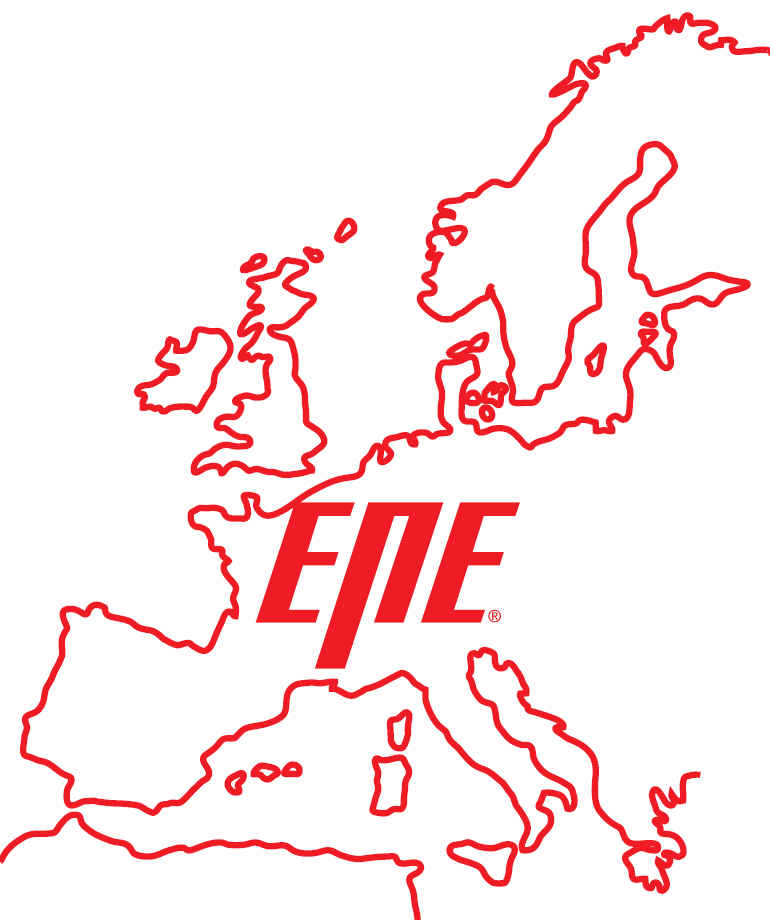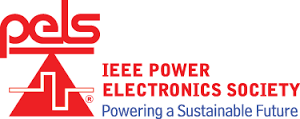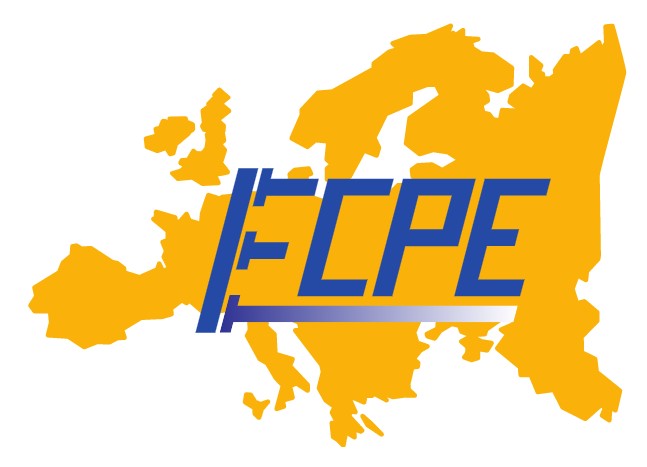EPE'22 ECCE Europe: Keynotes

KEYNOTE 1: Tuesday 6 September 2022 – 09:30-10:00
Shaping the Transition from Si-based Power Devices to SiC MOSFETs and GaN HEMTs
Dr. Gerald DEBOY
Infineon Technologies Austria AG
Siemensstrasse 2
9500 Villach / Austria
gerald.deboy@infineon.com
https://www.infineon.com/
Abstract:
With an expected growth of SiC-device and module volumes to around 6 bn US$ and GaN HEMTs to 2 bn US$ in the next 5 years the transition from Si-based power devices to their corresponding Wide-bandgap technologies is now fully on its way. The advantages being created by wide bandgap devices on system level will outweigh their higher costs on device level.
These benefits are as diverse as the applications where wide bandgap power devices will be considered in the first place. SiC MOSFETs have started in the field of Photovoltaics by improving efficiency and size/weight of the PV inverter and are now penetrating the main inverter offering a range extension of up to 8%. GaN HEMTs first made an impact on chargers for mobile phones and laptops by enabling form factors up to now unachievable.
The presentation will start with an overview of key performance indicators of wide bandgap technologies in comparison to their silicon counterparts and their perspective along further generations. In a 2nd section we will discuss topologies and modulation schemes being required to reach the full system benefits of wide bandgap power devices. An outlook on future trends and applications will close the talk.
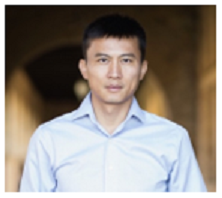
KEYNOTE 2: Tuesday 6 September 2022 – 14:40-15:10
Reinventing Batteries Through Nanotechnology
Professor Yi CUI, Ph.D.
Stanford University
476 Lomita Mall
Stanford, California 94305 USA
yicui@stanford.edu
https://www.stanford.edu/
Abstract:
The fast growth of portable power sources for transportation and grid-scale stationary storage presents great opportunities for new battery chemistries. How to increase energy density, reduce cost, speed up charging, extend life, enhance safety and reuse/recycle are critical challenges. Here I will present how we utilize nanoscience to reinvent batteries and address many of challenges by understanding the materials and interfaces through new tools and providing new materials guiding principles. The topics to be discussed include: 1) A breakthrough tool of cryogenic electron microscopy, leading to atomic scale resolution of fragile battery materials and interfaces. 2) Materials design to enable high capacity materials: Si and Li metal anodes and S cathodes. 3) Interfacial design with polymer and inorganic coating to enhance cycling efficiency of battery electrodes. 4) New electrolyte design. 5) New battery chemistry for grid scale storage.

KEYNOTE 3: Wednesday 7 September 2022 – 08:30-09:00
Advancing GaN Power ICs: Efficiency, Reliability & Autonomy
Dan KINZER
Navitas Semiconductor
2101 E El Segundo Blvd,
El Segundo, CA 90245, USA
https://navitassemi.com/
Abstract:
Gallium Nitride (GaN) is a next-generation ‘wide-bandgap’ semiconductor, replacing legacy silicon chips in power electronic systems. To maximize the full potential of GaN’s superior performance traits, Navitas monolithically integrates power, drive, and control to enable up to 3 times faster charging and 3 times more power in half the size and weight for mobile fast chargers, consumer electronics, solar, data centers and electric vehicles.
Integration is key with GaN power devices due to their extremely high switching speeds and sensitive gate characteristics. The next generation of GaN power ICs enable even higher efficiency, autonomy, and reliability with precision sensing of system current, voltage and temperature with real-time control and protection. Implementing integrated loss-less current sensing, external monitoring components such as large, lossy sense resistors are eliminated, reducing system power loss, complexity and system cost.
Offering GaN’s superior performance and switching speed alongside the highest level of protection and sensing, GaN power ICs can be confidently used in higher power applications with stringent regulations for efficiency and reliability, such as solar inverters, motor drives, server power, EV Onboard Chargers (OBC) and DC-DC systems.

KEYNOTE 4: Wednesday 7 September 2022 – 09:00-09:30
Electrification Strategy of Volkswagen Group
Alexander KRICK
Volkswagen AG – Group Components,
Rudolf-Leiding-Platz 1
Baunatal, Germany
alexander.krick@volkswagen.de
https://www.volkswagen.de/de.html
Abstract:
Volkswagen AG is focusing on the world of mobility in 2030. By 2030, the global market for electric vehicles will have caught up with that of combustion engines, including in terms of sales volume.
With a view to tapping into the revenue streams offered by the new world of mobility, we are in the process of developing industry-leading platforms. The platform approach will be the key to success in the technological world of tomorrow.
These platforms form the backbone of the strategy and provide high-quality, industry leading technology at unprecedented scale and competitive cost.
The Scalable System Platform (SSP) will allow us to reduce complexity. It covers the entire product portfolio, from entry models to high-end vehicles.
The Group Components Technical Development division for E-Drive and Transmission, based at Kassel, Wolfsburg and Ingolstadt locations, is taking a leading role in the development of electric drivetrains for the SSP. One area of focus is the Group-wide responsibility to develop all future inverters. Therefore we are designing a modular system for future drivetrains on the SSP platform. Our aim is to design electric drivetrains that are the best-in-class. Inverter and software are the key components in this regard.

KEYNOTE 5: Thursday 8 September 2022 – 08:30-09:00
Make it Fly – The Future of Sustainable Aviation
Tanja NEULAND
Airbus operations GmbH
Hydrogen Techno IPT Leader – Propulsion of Tomorrow
tanja.neuland@airbus.com
https://www.airbus.com/en
Abstract:
Even if the impact of aviation on global warming is “only 3.5%”, in absolute terms we are speaking about gigatons of CO2, which must be massively reduced by 2050: net zero CO2 by 2050 is the goal. To support this, Airbus wants to be a pioneer of decarbonized aviation and already in 2018, Airbus decided to take disruptive steps and continued to do so during the Corona crisis. We evaluate hydrogen powered propulsion technologies in regards to electronics & electric motors, fuel cells, liquid hydrogen storage and gas turbines. The fuel cell uses hydrogen to convert it into electrical energy. The electrical power of the fuel cell is used via power electronics to drive electric motors, which are connected to the propeller shaft via gears. Hydrogen direct combustion is the second form of drive for the propeller shaft. For this, the hydrogen (ideally in liquid form) is compressed and then sprayed into the combustion chamber. The heat generated by the ignition is used in a thermodynamic process to drive the shaft via turbine blades (similar to a classic jet engine). But on the way to this goal there are still some challenges to overcome → technically, logistically and also politically.
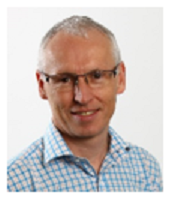
KEYNOTE 6: Thursday 8 September 2022 – 09:00-09:30
The Instrumental but Extremely Challenging Role of Hydrogen Towards a Decarbonized Society
Dr. Stefan LINDER
Alpiq AG
Bahnhofquai 12
Olten, Switzerland
stefan.linder@alpiq.com
www.alpiq.com
Abstract:
The energy transition, which in fact should be correctly named climate transition, holds unprecedented challenges that are widely underestimated. The presentation will start with a cruising altitude view that explains why all current efforts are much too slow and not orchestrated well enough to successfully meet the 2-degree target. It is shown that a successful decarbonization must be based on a few cornerstones that must be addressed swiftly, relentlessly, and in a globally coordinated manner. Hydrogen belongs to these pillars. It will be explained why hydrogen is so important, but also why there is no chance that hydrogen can develop quickly enough, unless there is both a national and a global consensus and coordinated action to overcome the barriers. The question also arises as to what role power electronics will play in the development of a hydrogen infrastructure. The presentation will show that power electronics will not be the glamorous main cast, but that it will be an indispensable and ubiquitous team member, playing its role mostly out of the limelight.

